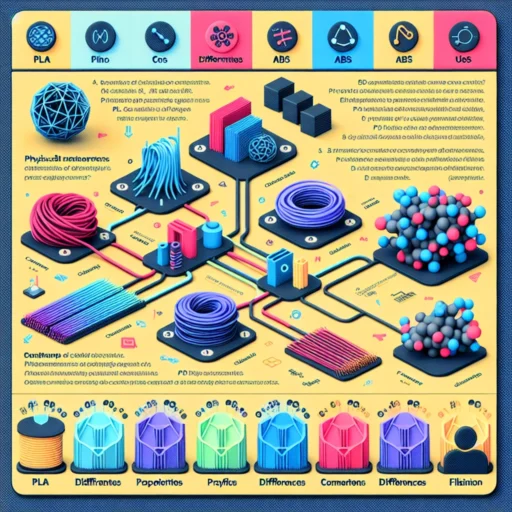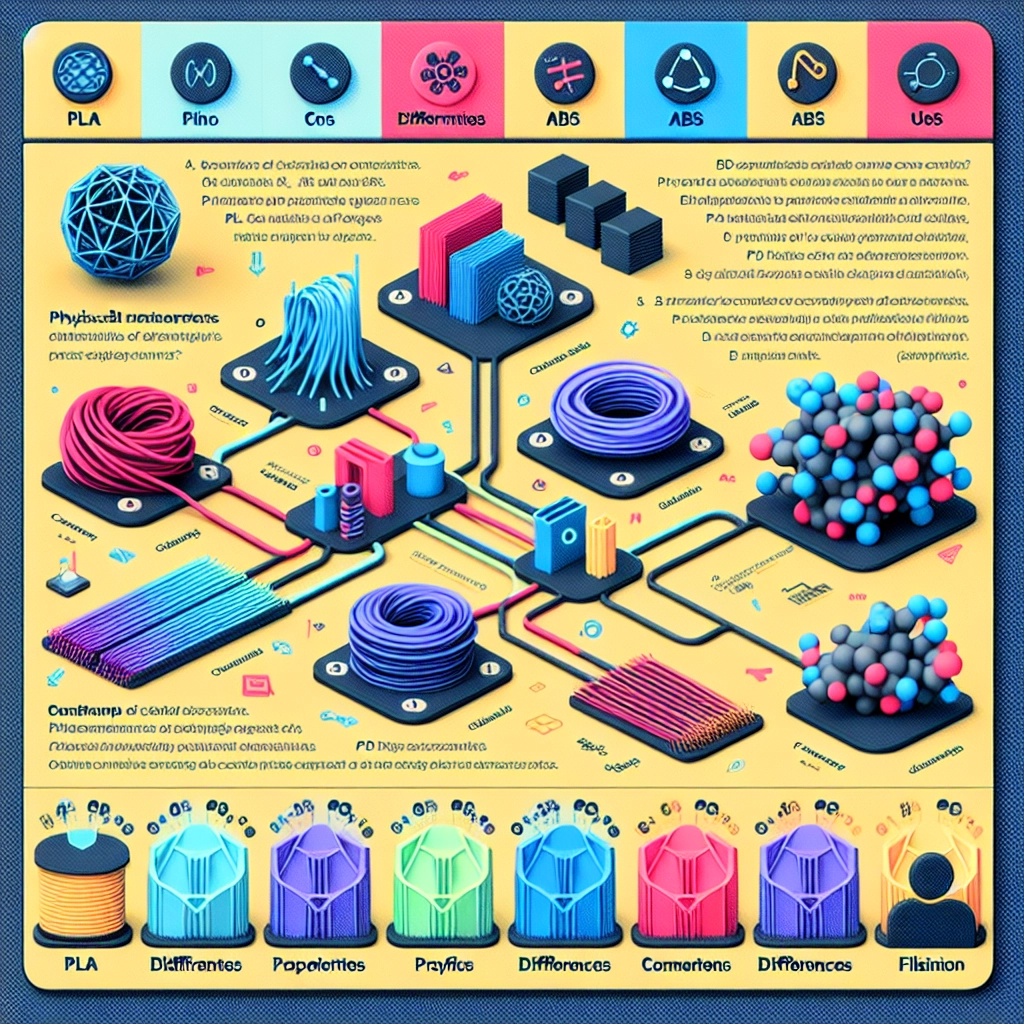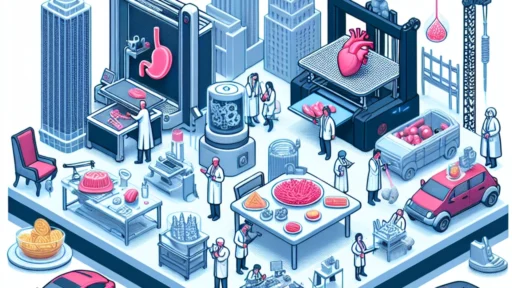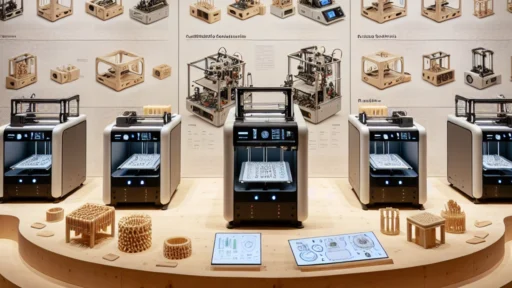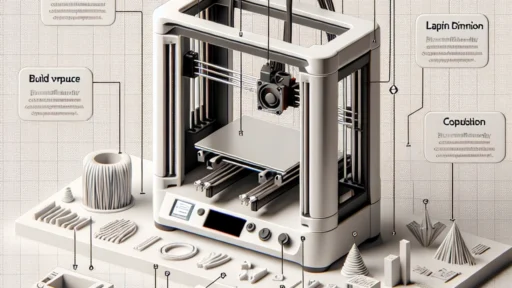The Pros and Cons of PLA, ABS, and Other 3D Filaments
Whether you’re a seasoned maker or just dipping your toes into the realm of 3D printing, understanding the various filaments available can significantly impact your projects. With the array of materials to choose from, it’s a bit like shopping in a candy store — so many options, but where do you start? Let’s break down some of the most popular filaments like PLA, ABS, and others, exploring their pros and cons to help you make an informed decision for your next print.
PLA (Polylactic Acid)
PLA has become a fan favorite among 3D printing enthusiasts. Why? Well, it’s user-friendly and offers some fantastic benefits:
Pros:
- Biodegradable and Renewable: Made from renewable resources like corn starch or sugarcane, PLA is environmentally friendly. When disposed of properly, it can break down naturally.
- Easy to Print: PLA is known for its ease of use. It adheres well to the print bed, has low warping issues, and works well with most 3D printers, making it great for beginners.
- Vibrant Colors: PLA comes in a variety of vibrant colors and finishes, giving you endless options for aesthetics in your projects.
Cons:
- Heat Sensitivity: One downside to PLA is that it can soften or deform at higher temperatures (usually above 60°C). This means it may not be the best choice for functional parts that will be exposed to heat.
- Less Durable: While PLA prints beautifully, it’s not as strong or impact-resistant as some other filaments. It can be brittle and may shatter under stress.
ABS (Acrylonitrile Butadiene Styrene)
ABS is a classic choice, especially for those looking to make more robust items. You’ve likely encountered it in everyday objects, from Lego bricks to car parts.
Pros:
- Durability: ABS is famed for its strength and toughness. It can handle stress better than PLA, making it a great choice for functional parts.
- Post-Processing Friendly: You can easily sand and paint ABS, allowing for a fantastic finish after printing. It’s great for creating prototypes that require a polished look.
- Higher Temperature Resistance: ABS can withstand higher temperatures compared to PLA, making it suitable for parts exposed to heat.
Cons:
- Warpage and Fumes: The downside to ABS is that it tends to warp during printing. It requires a heated bed to mitigate this issue. Plus, it emits fumes while printing, so proper ventilation is a must.
- Difficult to Print for Beginners: Because it can warp and requires specific settings, ABS might not be the best starting point for those new to 3D printing.
PETG (Polyethylene Terephthalate Glycol)
PETG is a rising star in the 3D printing world. It marries the best of both PLA and ABS while also offering some unique benefits.
Pros:
- Strength and Flexibility: PETG combines the strength of ABS with the ease of printing associated with PLA. It’s durable, flexible, and resistant to impact.
- Chemical Resistance: PETG is known for its resistance to chemicals, making it suitable for a variety of applications, including food containers.
- Low Odor: Unlike ABS, PETG doesn’t release unpleasant fumes during printing, which is a significant perk for indoor printing.
Cons:
- Stringing Issues: One common hiccup with PETG is its tendency to string during printing, which can lead to a messy final product if not managed carefully.
- Requires Different Settings: While it might be easier than ABS, printing with PETG requires careful temperature adjustments to achieve the best results.
Nylon
Nylon is a fantastic choice if you need a filament that can take a beating, but it comes with its own set of challenges.
Pros:
- Incredible Strength and Flexibility: Nylon is known for its toughness, making it perfect for functional parts that require durability and flexibility.
- Low Friction: This property makes it ideal for parts like gears, hinges, and other moving components.
Cons:
- Moisture Absorption: Nylon is highly hygroscopic (it absorbs moisture easily), which can lead to poor print quality if not stored properly.
- Difficult to Print: It requires specific settings, including a higher print temperature and a heated bed, making it less beginner-friendly.
Choosing the right filament can feel overwhelming at first, but understanding the strengths and weaknesses of each material helps you make informed choices. Whether you’re looking for something easy and eco-friendly like PLA, durable and robust like ABS, or a versatile option like PETG, there’s something for every project. Keep experimenting, and before you know it, you’ll have a good feel for which filaments fit your needs best! Happy printing!


